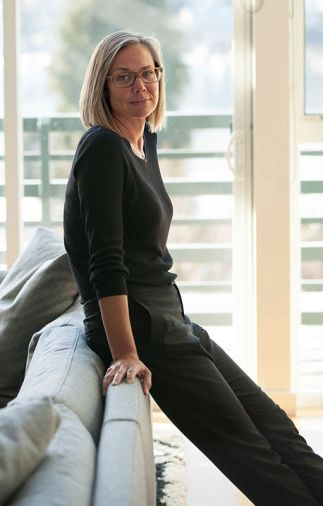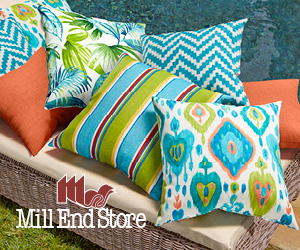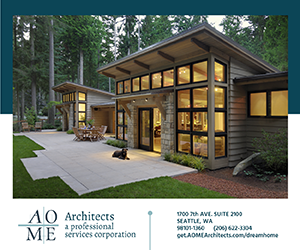Your services include space planning, interior design, project management and procurement. Tell us about your approach.
When we start a project, we work closely with clients to determine their style and how it can coordinate with the architecture of their home. To have a cohesive look, these things need to go hand in hand. Clients come to us with a vision and our job is to translate that into a beautiful and functional space. Whether it’s new construction or a simpler furnishings project, planning and on-going management is key. Having a clear vision in the beginning saves time and money. Our procurement specialist ensures everything is ordered correctly and tracked throughout the process. It’s a detail that can be overlooked but is such a critical component of a project.
How does having knowledge of the inner workings of the design industry help you navigate working with contractors, architects and tradespeople?
We’ve been lucky enough to work with the best craftspeople not only in the Northwest, but all over the U.S. and abroad. Because we have a strong background in technical drawings, it’s easier for us to communicate on a common level and that makes for a collaborative process. It is much easier when we all speak the same language.
What is the most fundamental element of interior design? Where do you start on a new project?
Many of our clients know what they like but may not be able to pinpoint a specific genre. We work with them to determine what it is about an image or style that appeals to them and expand on that. We work to discover how far they are willing to take an idea and perhaps encourage them to step out of their comfort zone a bit. That’s when something really special can happen.
What does design collaboration look like for your team?
As a collaborative studio, we bounce ideas off one another to come up with the perfect solution. We talk about how interior design has a butterfly effect: if we put this here, how does that change what we put over there? The more we discuss options and talk through the ramifications of each design element, the more precise the end product.
What steps do you take to make your design reflect the needs of your clientele?
Determining how clients live in a space allows us to make each space efficient and functional, as well as attractive. Selecting furnishings that work with day-to-day needs will ensure the design works with their lifestyles and design goals. Do they have a growing family? Are they big entertainers? Is this a second home? All these things impact how we approach a project.
Each of your projects is full of fresh and interesting ideas, how do you stay inspired?
We are lucky to have an amazing group of talented designers who bring an inspired take to each project. Because each space and client differs and brings something new to the table, we never duplicate designs. Identifying what speaks to our clients is what is really inspiring. When you see that look in their eyes of nailing it? Nothing better.
Favorite era of design?
I can see beauty in every style when done well. The opposite is also true.
What are some major takeaways from designing homes?
Every space should have a shining star. Something that grabs your attention and makes you say, “Wow!”. But not everything needs to be a star. The supporting roles are equally important.






